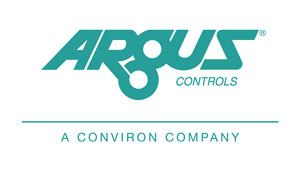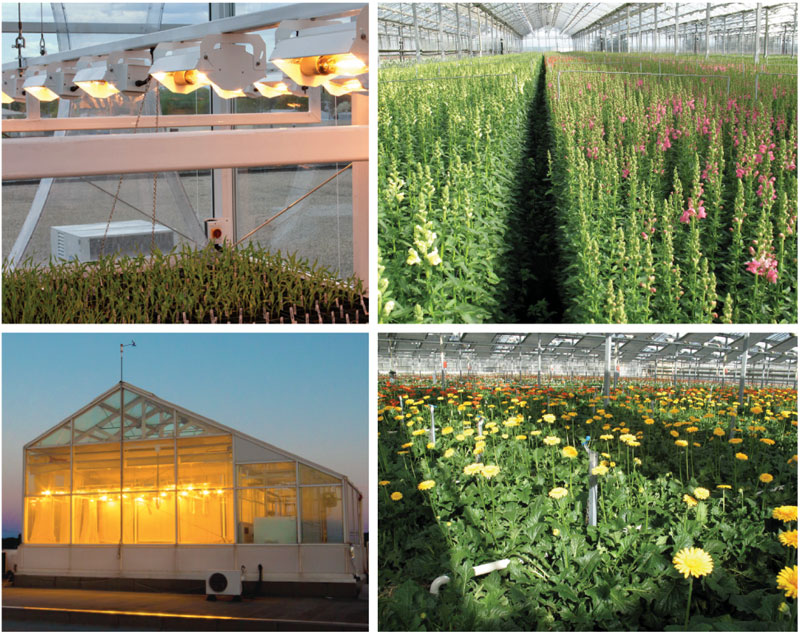5/1/2019
Daily Light Integral
Alex Fermon

Consistency and quality are two of the most important goals any plant grower aspires to achieve. Optimal light management is critical to achieving these objectives, as natural light fluctuates constantly throughout the course of a day and varies by season.
Despite many advances in greenhouse designs and equipment, light is at best a partially controlled variable for most greenhouse horticulture applications. Even with the addition of supplementary lighting and shading systems, it’s difficult to provide plants an exact amount of daily light given the unpredictability of weather and the seasonal fluxes in solar radiation.
Traditional supplementary lighting strategies have focused on photoperiod extension and maintaining minimum light intensities. While these types of lighting strategies are useful, they’re not an effective way to provide a uniform amount of daily light.
What is DLI?
The Daily Light Integral (DLI) is a measure of the amount of light received in a single day in a particular area. It refers to the amount of photosynthetic light received in one square meter each day and it’s directly correlated with plant quality. Measuring DLI over a growing season and comparing it to results can help a grower decide which plant varieties grow best in their location and how to improve production.
DLI also can be defined as the amount of Photosynthetic Active Radiation (PAR) received each day as a function of light intensity and duration (day). It’s expressed as moles of light (mol) per square meter (m−2) per day (d−1), or: mol/m2/day (moles per square meter per day). DLI outdoors varies depending on latitude, time of year and cloud cover—for example, it can range from 5 to 60 moles/day in the United States for PAR.
In greenhouses, indoor DLI values are typically much lower than outdoor references, which can affect the shoot/root ratio, morphology and the timing of flowering. On a sunny winter day in the middle latitudes, a plant receives about 9 moles/day. If it’s cloudy, the DLI drops to 3 moles/day. In the summer, this indicator for a sunny day is about 26 moles/day and 12 moles/day for a cloudy day. Each type of plant has a different range for optimal growth.
How to manage DLI in a greenhouse
Understanding DLI is important so that light is managed effectively. Plants can only assimilate so much light before diminishing returns occur; excess light is wasted to heat energy and might damage crops. Using DLI, control and optimization of the light reaching the crops can be achieved.
One approach to DLI management is to implement specific programs on your environmental control systems. For example, Argus Controls offers a DLI control program that’s used to predict exact amounts of daily light required to enhance growth rates and save energy for systems using supplementary lights.
The program begins with a target DLI and a predicted maximum DLI from sunlight based on the time of year, the location and the light transmission efficiency of the greenhouse. Rather than relying on weather forecasts or external connections to forecast data, the program is fully self-contained. It calculates the potential available DLI from a Seasonal Light Intensity Model running natively on the system. This model calculates the dawn-to-dusk solar intensities for each day based on the predicted weekly maximum PAR intensity values at midday for specific locations and times of year.
The program updates its predictive calculations throughout the day by comparing the actual light received by the crop to the potential light (the amount of sunlight potentially available on a clear sunny day). It can also forward surplus sunlight into the next day’s calculations to produce an accurate multi-day average DLI even when there are some variations between days.
Advantages of using DLI control applications
There are several advantages to using DLI control applications in growing facilities, such as:
• Reduce energy costs—Reduction of energy costs depends on whether you were previously under- or over- lighting with respect to the DLI target for your crop. A
control application will provide the ability to manage the total amount of light that plants receive each day and to minimize the use of supplementary lighting equipment to times when it’s necessary to achieve a DLI target.
• Improve crop yields—By knowing the amount of light received by the plants, you might be able to have more control over the growth cycle, which can lead to larger crop yields and better results.
• Predictable results—DLI programs allow you very predictable crop results. Researchers have established minimum DLI levels for several commercial crops. If light levels fall below these amounts, sub-optimal growth in production can occur.
• Better quality—Using DLI improves consistency with better control over greenhouse light and manages the daily amount of light leading to a stable quality in your plants.
• Improved timing—Controlling DLI can lead to faster, better results to help reduce your research or growth cycle.
Being able to manage DLI can result in a more efficient use of resources, improve decision making and even improve the quality of your product. DLI programs not only calculate and measure DLI at crop level; they use an algorithm to predict the available natural light as the basis for supplementary lighting control. This strategy delivers a standard DLI despite changing daily and seasonal weather variations, as well as ensuring optimum use of electrical energy and lamp.
When designing your automating strategy for your operation, an accurate, customizable DLI program is important to take into consideration. GT
Alex Fermon is Marketing Coordinator for Argus Controls.

Clockwise from top left: Grow light fixtures in a greenhouse. • A DLI program should indicate the amount of supplementary light needed in a greenhouse. • DLI control can help growers achieve predictable crop results. • Sunlight received inside the greenhouse varies depending on the season, type of plant and other factors.